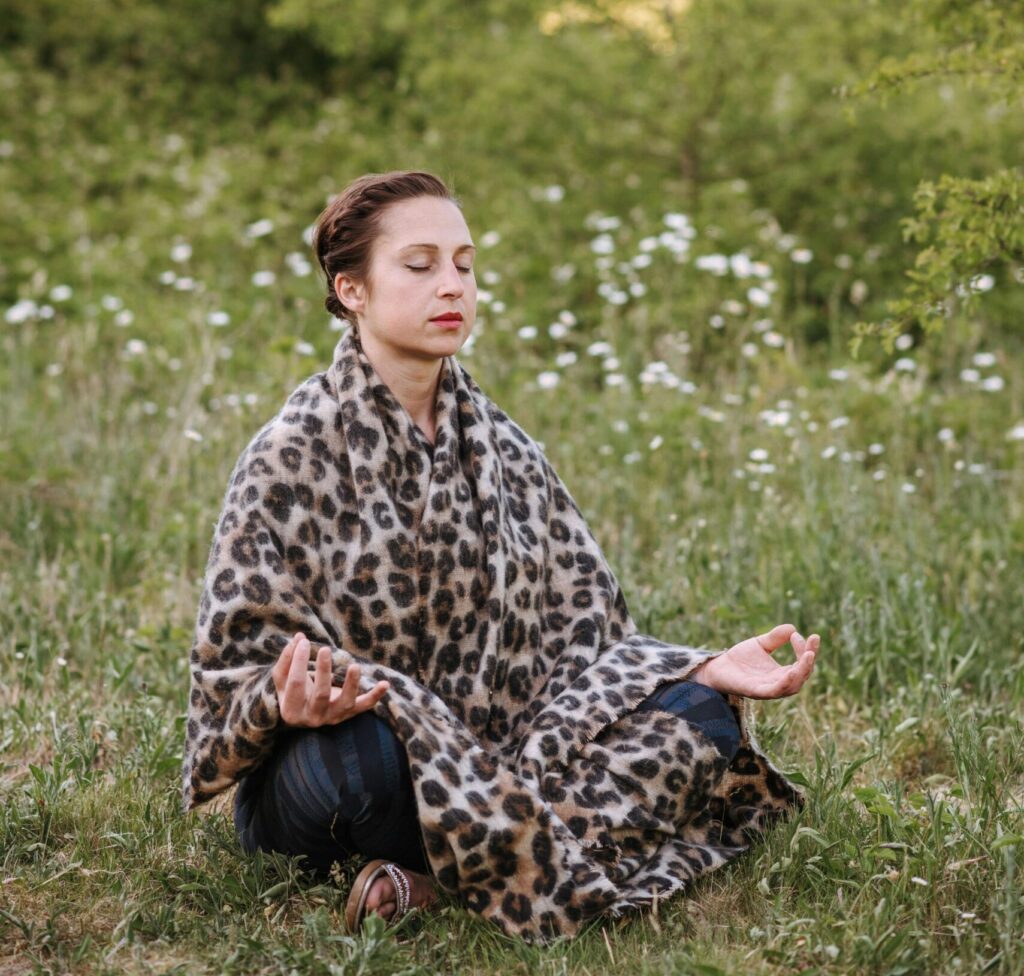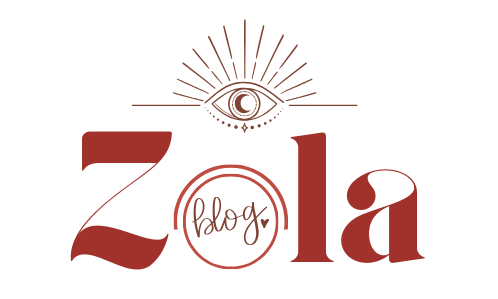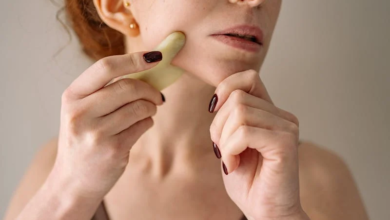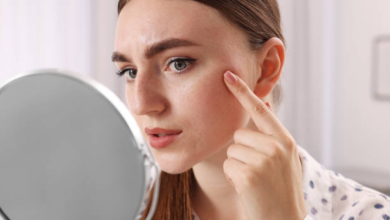Mindfulness for Anxiety: Techniques That Really Work
Discover effective mindfulness techniques for anxiety. Learn how mindfulness can help manage stress and improve well-being with our guide.

Anxiety can be overwhelming, but mindfulness offers a powerful way to manage and reduce its symptoms. This comprehensive guide will explore effective mindfulness techniques that really work to alleviate anxiety and improve mental well-being.
Introduction to Mindfulness for Anxiety
Mindfulness involves paying attention to the present moment without judgment. It has been shown to be an effective method for reducing anxiety by helping individuals become more aware of their thoughts and feelings, thus reducing the impact of anxiety on their lives.
Focus Keyphrase: Mindfulness for anxiety
Benefits of Mindfulness for Anxiety
Practicing mindfulness can provide several benefits for those struggling with anxiety:
- Reduces Stress: Helps lower stress levels by promoting relaxation.
- Improves Focus: Enhances concentration and reduces distractions.
- Enhances Emotional Regulation: Aids in managing emotions and reducing reactivity.
- Promotes Physical Health: Can improve sleep quality and lower blood pressure.
Effective Mindfulness Techniques for Anxiety
Mindful Breathing
Description: Mindful breathing involves focusing on your breath to anchor yourself in the present moment. This simple yet powerful technique can help calm your mind and reduce anxiety.
How to Do It: Sit or lie down in a comfortable position. Close your eyes and take slow, deep breaths. Focus on the sensation of the breath entering and leaving your body.
Benefits: Reduces heart rate, lowers stress levels, and enhances relaxation.
Body Scan Meditation
Description: This meditation involves paying close attention to different parts of your body, usually from your toes to your head, to release tension and promote relaxation.
How to Do It: Lie down in a comfortable position. Close your eyes and take a few deep breaths. Slowly direct your attention to each part of your body, starting from your toes and moving upwards, noting any sensations you feel.
Benefits: Increases body awareness, reduces tension, and promotes relaxation.
Progressive Muscle Relaxation
Description: This technique involves tensing and then slowly relaxing each muscle group in your body, helping to relieve physical tension associated with anxiety.
How to Do It: Sit or lie down comfortably. Start with your toes, tense the muscles for a few seconds, then release. Move up to the calves, thighs, abdomen, and so on, until you reach your head.
Benefits: Reduces muscle tension, enhances relaxation, and can improve sleep.
Mindful Movement
Description: Activities like yoga and tai chi incorporate mindful movement, combining physical activity with mindfulness to help reduce anxiety.
How to Do It: Engage in gentle yoga or tai chi sessions, focusing on your movements and breath. These activities help to keep you grounded and present.
Benefits: Improves physical health, enhances focus, and reduces stress.
How to Incorporate Mindfulness into Your Daily Routine
Incorporating mindfulness into your daily routine doesn’t have to be difficult. Here are some tips:
- Set Aside Time: Dedicate a specific time each day for mindfulness practice.
- Start Small: Begin with short sessions and gradually increase the duration.
- Be Consistent: Make mindfulness a regular part of your routine for the best results.
- Use Reminders: Set reminders on your phone or use apps to help you stay on track.
- Practice Anywhere: You can practice mindfulness anywhere, whether at home, at work, or while commuting.
Mindfulness is a powerful tool for managing anxiety. By incorporating techniques like mindful breathing, body scan meditation, progressive muscle relaxation, and mindful movement into your daily routine, you can reduce stress and improve your overall well-being. Start practicing mindfulness for anxiety today and experience the benefits for yourself.
If you found this guide helpful, be sure to also read our article on The Benefits of Mindfulness Meditation for Stress Relief to learn more about how mindfulness can help you manage stress and enhance your mental health.
If you find that music helps you relax during mindfulness practices, check out this live relaxing music on YouTube. It’s a great accompaniment to your mindfulness routine.
QAR (Questions and Answers):
Q: What is mindfulness for anxiety? A: Mindfulness for anxiety involves using mindfulness practices to help manage and reduce symptoms of anxiety. This can include techniques such as meditation, deep breathing exercises, and mindful movement to stay present and calm the mind.
Q: How does mindfulness help with anxiety? A: Mindfulness helps with anxiety by promoting relaxation and awareness of the present moment. It reduces stress by interrupting the cycle of worry and allowing individuals to focus on their breathing and immediate surroundings, which can decrease the intensity of anxious thoughts and feelings.
Q: What are some effective mindfulness techniques for anxiety? A: Effective techniques include mindful breathing, body scan meditation, progressive muscle relaxation, and mindful movement like yoga or tai chi. These practices help ground you in the present moment and reduce the physical and mental symptoms of anxiety.
Q: Can mindfulness completely cure anxiety? A: While mindfulness can significantly reduce anxiety symptoms and improve overall well-being, it is not a cure-all. It is most effective when used as part of a comprehensive treatment plan that may include therapy, medication, and lifestyle changes.
Q: Where can I find relaxing music to use during mindfulness practice? A: If you find that music helps you relax during mindfulness practices, check out this live relaxing music on YouTube. It’s a great accompaniment to your mindfulness routine.




